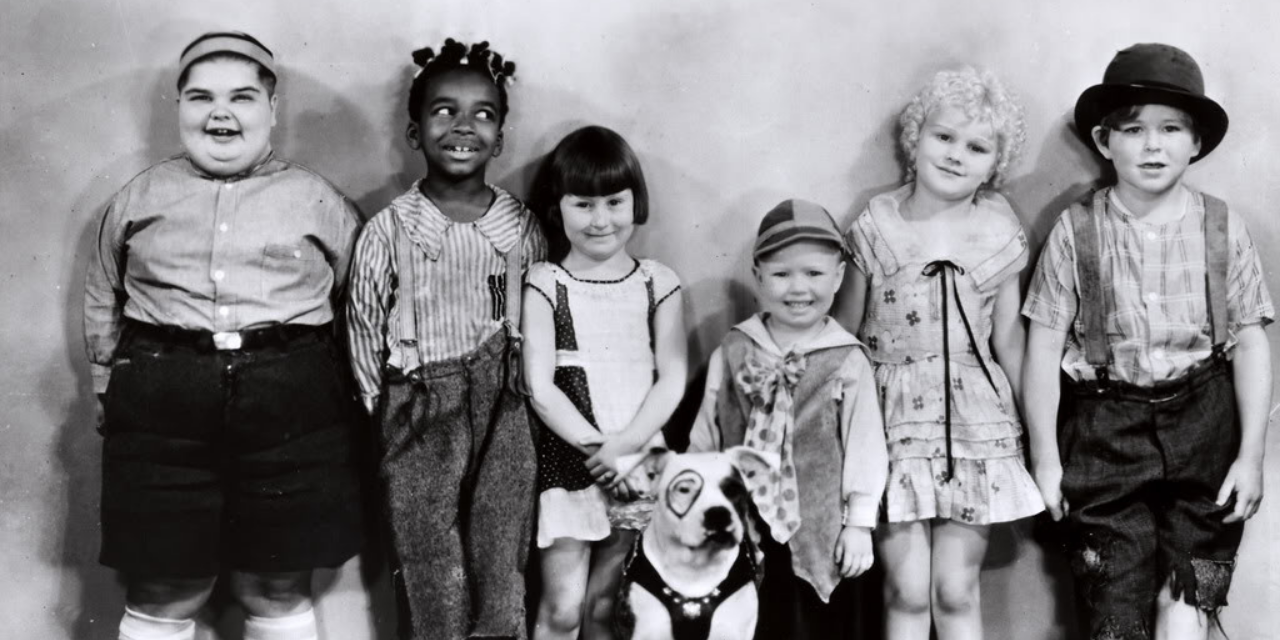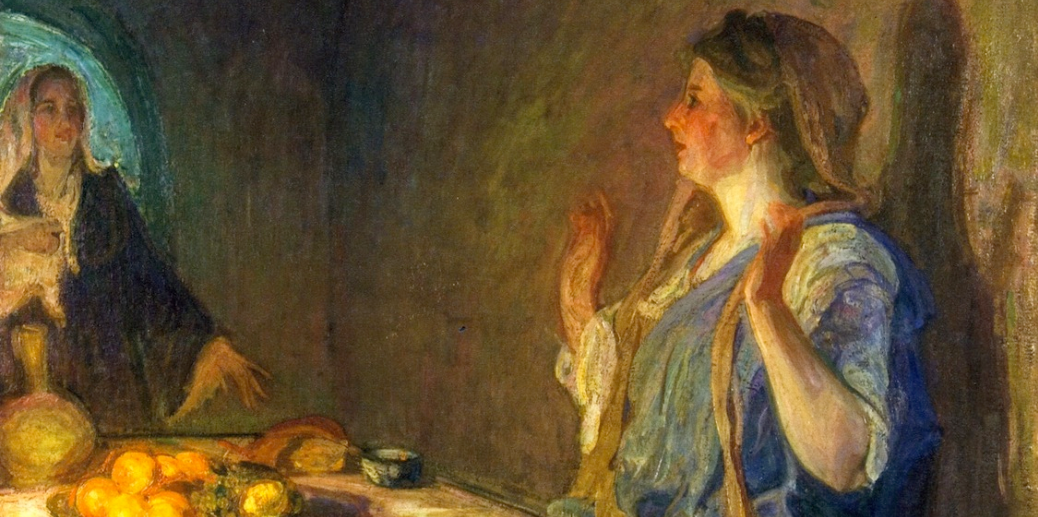After Nearly 100 Years, The Little Rascals Endure – Because They Depicted Kids Being Kids

The idea for what would eventually become the legendary “Our Gang” (also known as “The Little Rascals”) franchise came to Hollywood producer Hal Roach after a series of personal incidents in the summer of 1921.
It had been a long day in the studio, and the 29-year-old producer was desperately trying to come up with a storyline for his next series of short films. Arriving home, Roach began playing with his young children, Hal, Jr., and Margaret, along with two four-year-olds from the neighborhood.
According to an account in The New York Times, Hal became “engaged in a free-for-all with the quartet of mettlesome youngsters.” The frivolity planted a seed, which later took root back at his office.
After enduring an audition of a young girl singer made up to look like an adult starlet, an exasperated Roach retreated to his office and was drawn to the sounds of a lumber yard outside his open window. For the next fifteen minutes he became mesmerized watching a group of young boys fighting over scraps of wood and playing with their new treasure.
“Those are kids doing things kids do,” he thought. “If you do things kids do, maybe the public will like it.”
While some studio executives were intrigued with the idea, the majority were not – but Roach nevertheless plowed ahead.
“Our Gang” debuted a year later, a delightful silent film series featuring young, often poor, children, engaged in simple but humorous hijinks. Many of the kids had little to no professional acting experience, a fact that led to greater authenticity – and a warm public reception. To keep the flavor of the shorts young and fresh, he rotated boys and girls every three to four years.
The public loved the films, and the series was in production for 22 years.
Nearly a century later, 22 of the “Our Gang” episodes have been remastered and are being released for an entirely new generation of children.
Hal Roach’s move to highlight amateur children was unique, but so was his decision to feature white and black children playing together – something that few, if any, filmmakers did at the time.
Genius has been sometimes defined as restating the obvious, especially when everyone around you seems blinded by distractions and empty trends. After all, insanity is doing the same thing and expecting different results.
Roach was trying to create something different and didn’t want to keep doing what hadn’t really been working well. He knew from watching his own children that most kids don’t pay attention to skin color, nor do they need a lot of adults orchestrating every recreational outing for them. By leaving them alone, youngsters are often forced to make good things happen.
Imagination is a powerful gift and one that leads to great fun – and admittedly, even a little innocent mischief from time to time. That’s exactly what the exploits of Chubby, Spanky, Stymie, Alfalfa, Buckwheat and the gang aimed to demonstrate, and to great acclaim.
Hollywood has long tried to force young people to grow up too quickly not only by creating content that corrupts them, but by portraying children far more sophisticated and emotionally mature than they really are. As a result, other children watch their contemporaries on the screen and feel compelled to catch up and keep up – and the vicious cycle continues.
Leave it to Beaver, the delightful television sitcom of the late 1950s and early 1960s, is often derided for portraying an America that never was – a charge that misses the motivation of its creators. Entertainment can inspire, and teach as well as challenge. In fact, many adults today report learning how to parent by watching Ward and June Cleaver calmly and tenderly guide Wally and Beaver through their fictional travails.
Bob Mosher and Joe Connelly, co-writers for Leave it to Beaver, credit the show’s popularity with the fact they were raising their own children at the time and that each episode’s theme and dialogue were drawn from their own experiences at home.
In the late 1950s, most television shows featured problems parents were facing – but Mosher and Connelly flipped the script and concentrated on challenges kids face, and included conversations between them in “kid speak.” Exchanges between the children and adults even included mispronunciations and use of common jargon – regularly leveraging phrases like “knucklehead,” “creep” and having a young Beaver say “tricity” instead of “electricity.”
Yet, beyond the intrigue of the minutia of “Beaver” or “Our Gang” lies a fundamental distinction to which purveyors of today’s family entertainment would be wise to return:
Embrace the innocence and charm of where children reside socially, intellectually and spiritually. Celebrate their unique and fun point of view and their all-too-brief season of youth. Such a posture will not only allow them to flourish, but it will enrich those adults fortunate enough to be around them.
In the end, children don’t just say humorous things but also unknowingly utter the profound.
“Take my heart,” once said the “Our Gang” star Darla. “But please don’t break it.”
Parents might say the same to Hollywood’s producers regarding the hearts of their children.
ABOUT THE AUTHOR
Paul J. Batura is a writer and vice president of communications for Focus on the Family. He’s authored numerous books including “Chosen for Greatness: How Adoption Changes the World,” “Good Day! The Paul Harvey Story” and “Mentored by the King: Arnold Palmer's Success Lessons for Golf, Business, and Life.” Paul can be reached via email: Paul.Batura@fotf.org or Twitter @PaulBatura
Related Posts

Parents Should Dread Netflix’s Purchase of Warner Brothers
December 11, 2025

Nick Fuentes’ Feminism for Men
December 11, 2025

Correcting the White House: God Became Man at Conception, Not Birth
December 10, 2025

To Save America, Have Lots of Children
December 10, 2025
